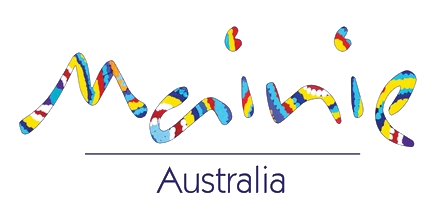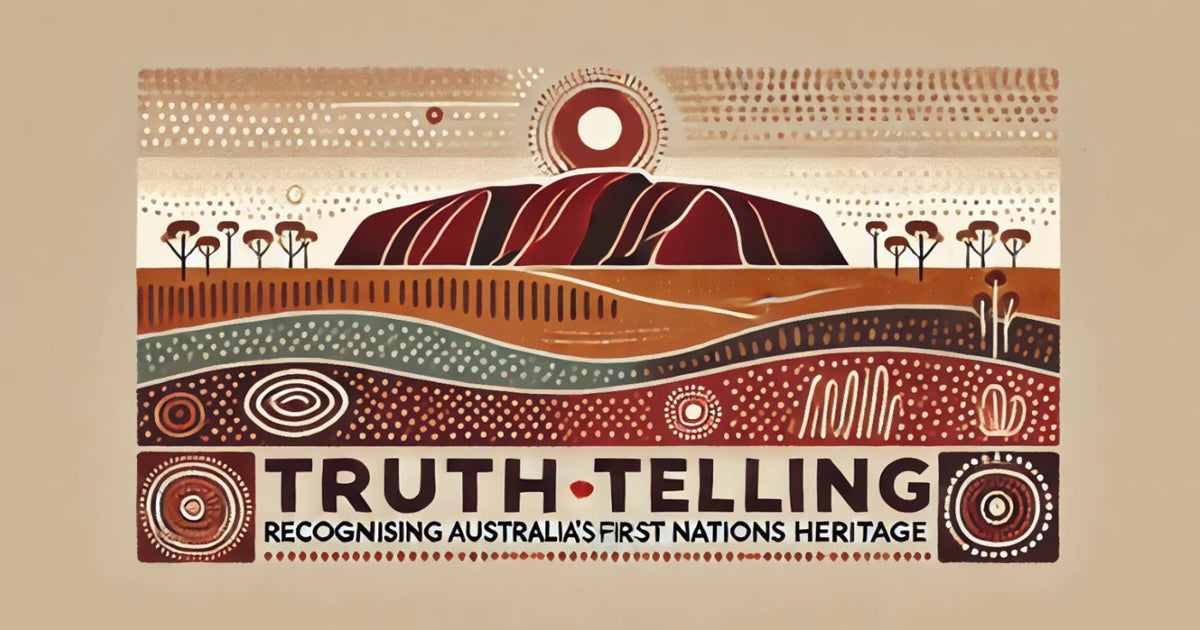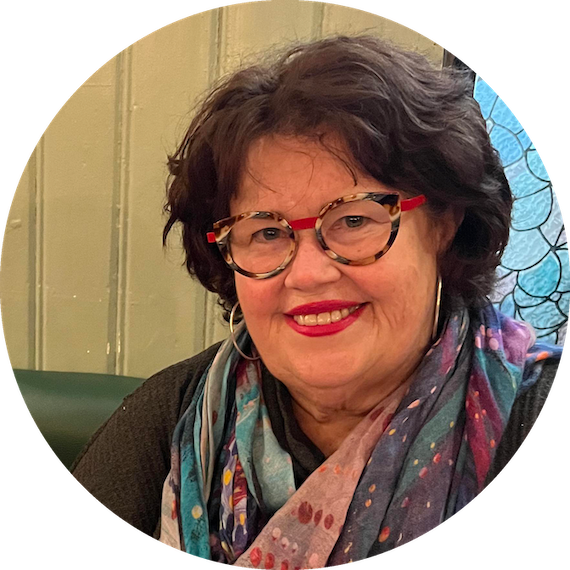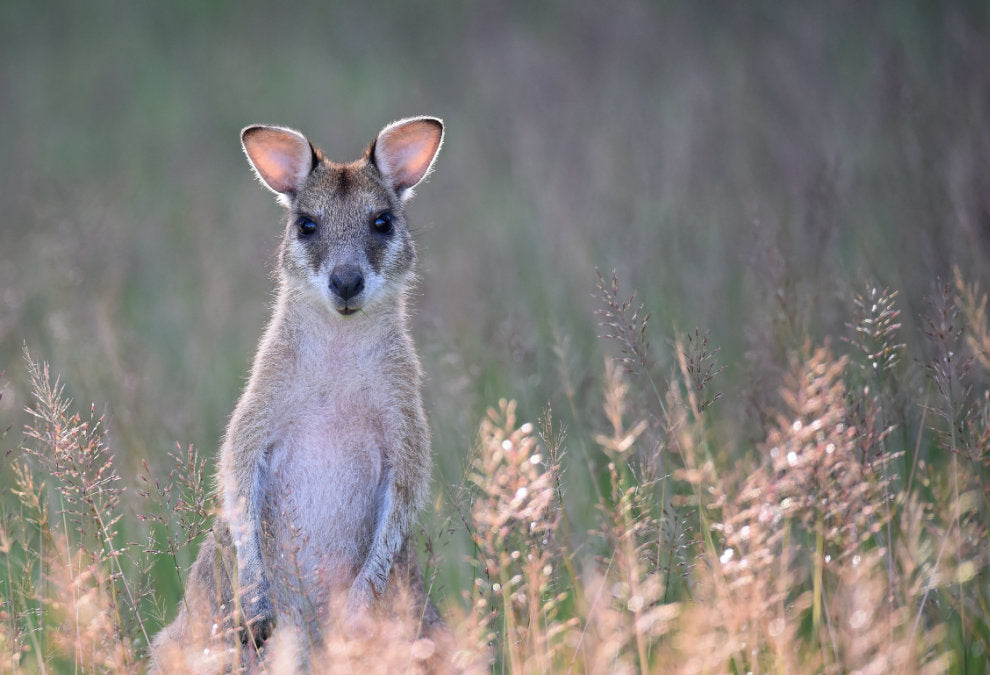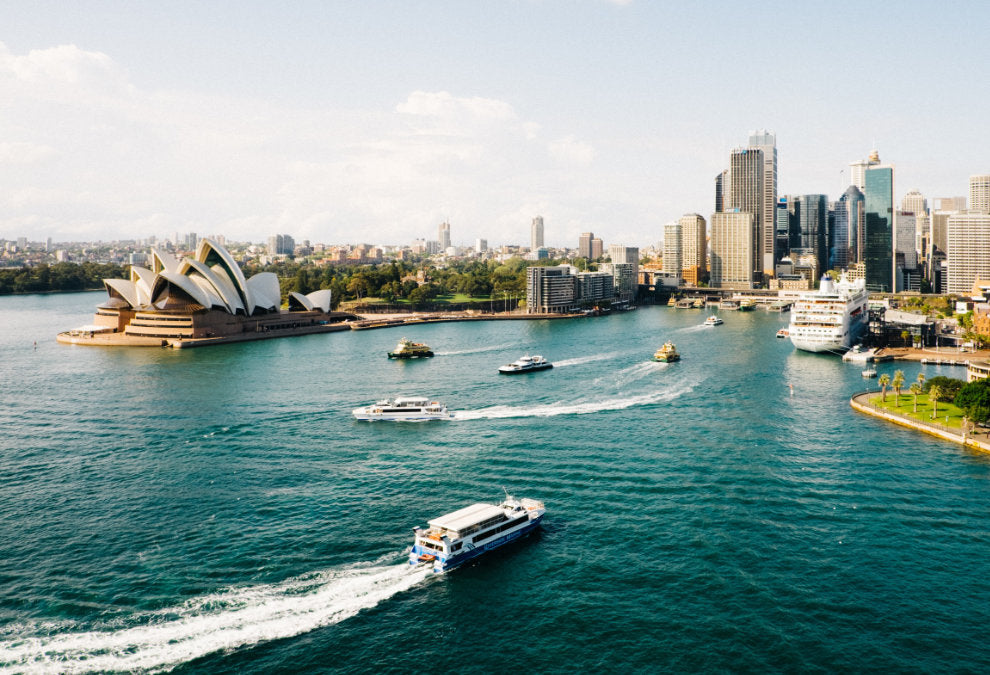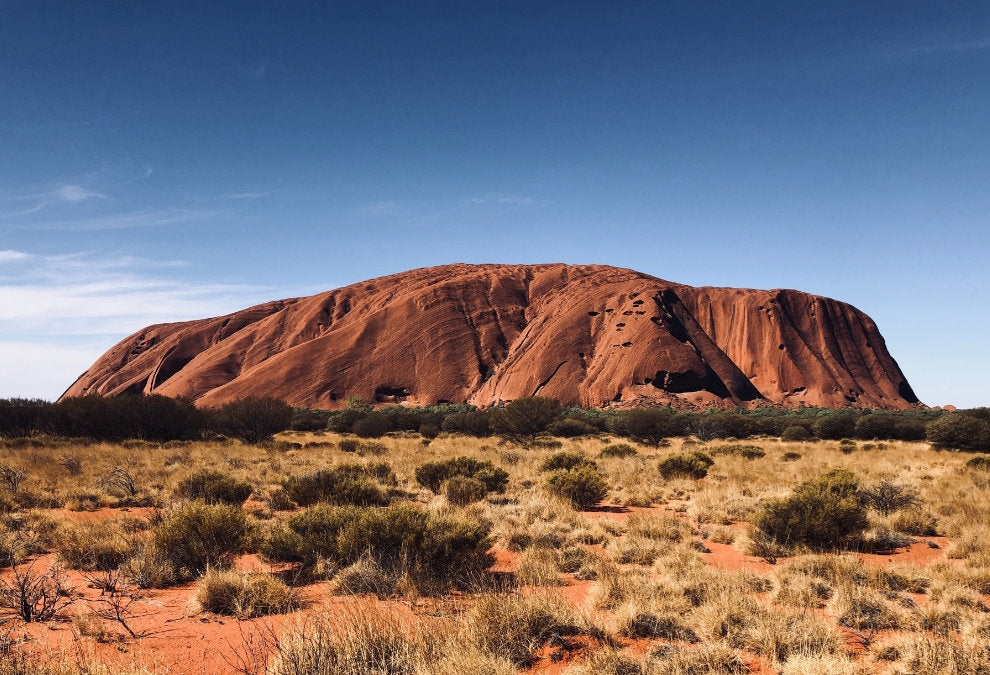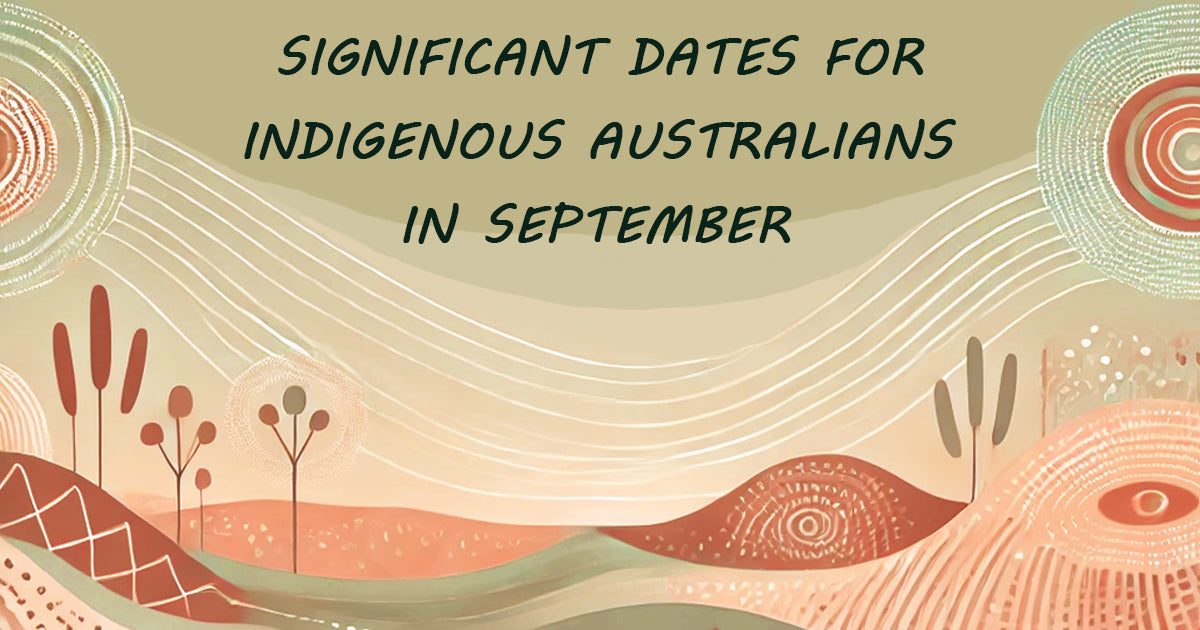
Significant Dates for Indigenous Australians in September
September is a month of deep significance in Australian history, particularly for Indigenous Australians. It holds both tragic reminders of frontier violence and injustice, as well as inspiring stories of cultural resilience, artistic brilliance and sporting triumph.
From the 19th century frontier wars to the Sydney Olympic Games, the events of September highlight the ongoing journey toward truth, justice and recognition.
3 September 1884 – The Beginning of the Wulwulam Massacre
In September 1884, the Wulwulam people of the Northern Territory, also known as the Woolwonga or Wolwanga, faced devastating reprisals after defending their Country from European miners encroaching on their land near Mount Haywood.
Following the spearing of four miners, cattleman and mine manager Francis Herbert Sachse led a series of retaliations known as the Coppermine Massacres. At Blackfellow Creek, an estimated 150 Wulwulam men, women and children were slaughtered. Over several years, the violence all but exterminated the Wulwulam, destabilising neighbouring nations as well.
Despite near devastation, fragments of survival endured. A census record from 1889 later revealed a surviving child of Wulwulam parentage, whose descendants continue to assert native title rights today. This tragic history remains a stark reminder of colonisation’s brutality, but also of resilience and the ongoing struggle for recognition.
12 September 1843 – The Battle of One Tree Hill
On 12 September 1843, one of the rare Aboriginal victories in the frontier wars took place at One Tree Hill (now Tabletop Mountain) near Toowoomba, Queensland.
Led by the Jagera warrior Multuggerah, around 100 Aboriginal fighters ambushed a convoy of 18 armed colonists and their supply drays, halting the flow of goods into the Darling Downs. When colonists returned with reinforcements, Multuggerah’s men forced them back with spears, stones and boulders rolled down the mountain slopes.
Though settlers later retaliated with overwhelming force, the battle became a powerful symbol of resistance. It demonstrated Aboriginal strategic leadership, unity across “mountain tribes,” and the determination to defend Country.
Today, the Battle of One Tree Hill is remembered as a pivotal moment in the frontier wars, commemorated with a monument (2005) and a 2008 Indigenous land use agreement acknowledging the Jagera, Yuggera and Ugarapul peoples as Traditional Owners of the site.
3 September 1996 – Passing of Emily Kame Kngwarreye
Emily Kame Kngwarreye (c.1910–1996), an Anmatyerre woman from the Utopia community in the Northern Territory, passed away on this day, leaving behind one of the most extraordinary artistic legacies in Australian history.
Despite only beginning her painting career in her late seventies, Emily produced over 3,000 works in just eight years. Her monumental canvases, such as Big Yam Dreaming (1995), conveyed ancestral stories, especially the Yam Dreaming, with a bold, modern abstraction that resonated globally.
Her work has been shown at the Venice Biennale, collected by major galleries worldwide and reinterpreted in retrospectives that honour her genius as both contemporary and deeply grounded in ancient tradition. Emily remains one of Australia’s most celebrated artists, her life a testament to the enduring power of cultural expression.
25 September 2000 – Cathy Freeman Wins Olympic Gold
At the Sydney Olympic Games, Cathy Freeman, a proud Kuku-Yalanji and Birri-Gubba woman, carried the hopes of a nation. On 25 September 2000, she won gold in the 400 metres, running with extraordinary grace under immense pressure.
Her victory lap, draped in both the Australian and Aboriginal flags, became an iconic image of unity, resilience and reconciliation. It symbolised pride for Indigenous Australians and recognition of their place in the nation’s story.
Cathy’s achievement was more than sporting excellence; it was a cultural milestone. Through her foundation, now Murrup, she continues to champion education opportunities for Indigenous children, ensuring her legacy extends far beyond the track.
25 September 2008 – Demolition of the “N*gger” Brown Stand
For decades, Toowoomba’s sports ground carried the name of the “E S ‘N*gger’ Brown Stand,” an offensive reminder of the casual racism embedded in Australian public life.
On 25 September 2008, the stand was finally demolished. The controversy surrounding it had long divided the community, with defenders claiming it honoured rugby league player Edwin Stanley Brown.
Despite the Federal Court dismissing their complaint that the display of the word “n*gger” infringed the Racial Discrimination Act 1975, Aboriginal activists continued to fight for its removal, arguing that no sporting tribute could justify perpetuating such a derogatory term.
Eventually in the wake of increasing international criticism, Queensland Sports Minister Judy Spence intervened to ensure the slur would not be retained in any new facilities, stating clearly that the next generation must not grow up thinking such language was acceptable.
The demolition marked progress in the journey toward respect, though it also highlighted the deep resistance that often accompanies change.
28 September 1983 – John Pat Dies in Custody
On 28 September 1983, 16-year-old Yindjibarndi boy John Pat died after being assaulted by police in Roebourne, Western Australia. Witnesses reported he was punched, kicked and thrown into a police van before being found dead in his cell.
The subsequent acquittal of the officers by an all-white jury caused national outrage and became a catalyst for the Royal Commission into Aboriginal Deaths in Custody (1987–1991). The Commission described John Pat as “a symbol of injustice and oppression.”
His death continues to be commemorated annually. A monument at Fremantle Prison bears Jack Davis’ powerful poem, ending with the haunting words:
“…all I see / in front of me / is a concrete floor / a cell door / and John Pat.”
John Pat’s story remains a sobering reminder of systemic racism in law enforcement and the urgent need for justice reform.
Conclusion
September is a month that brings together stories of profound loss and inspiring resilience for Indigenous Australians. From the Wulwulam Massacre and John Pat’s death in custody, to the resistance of Multuggerah at One Tree Hill and the cultural brilliance of Emily Kame Kngwarreye and Cathy Freeman’s triumph on the world stage, these moments invite reflection.
They remind us of the pain of the past, the persistence of inequality and the unyielding strength of First Nations peoples. Acknowledging these histories is vital to building a more just and respectful future for all Australians.
